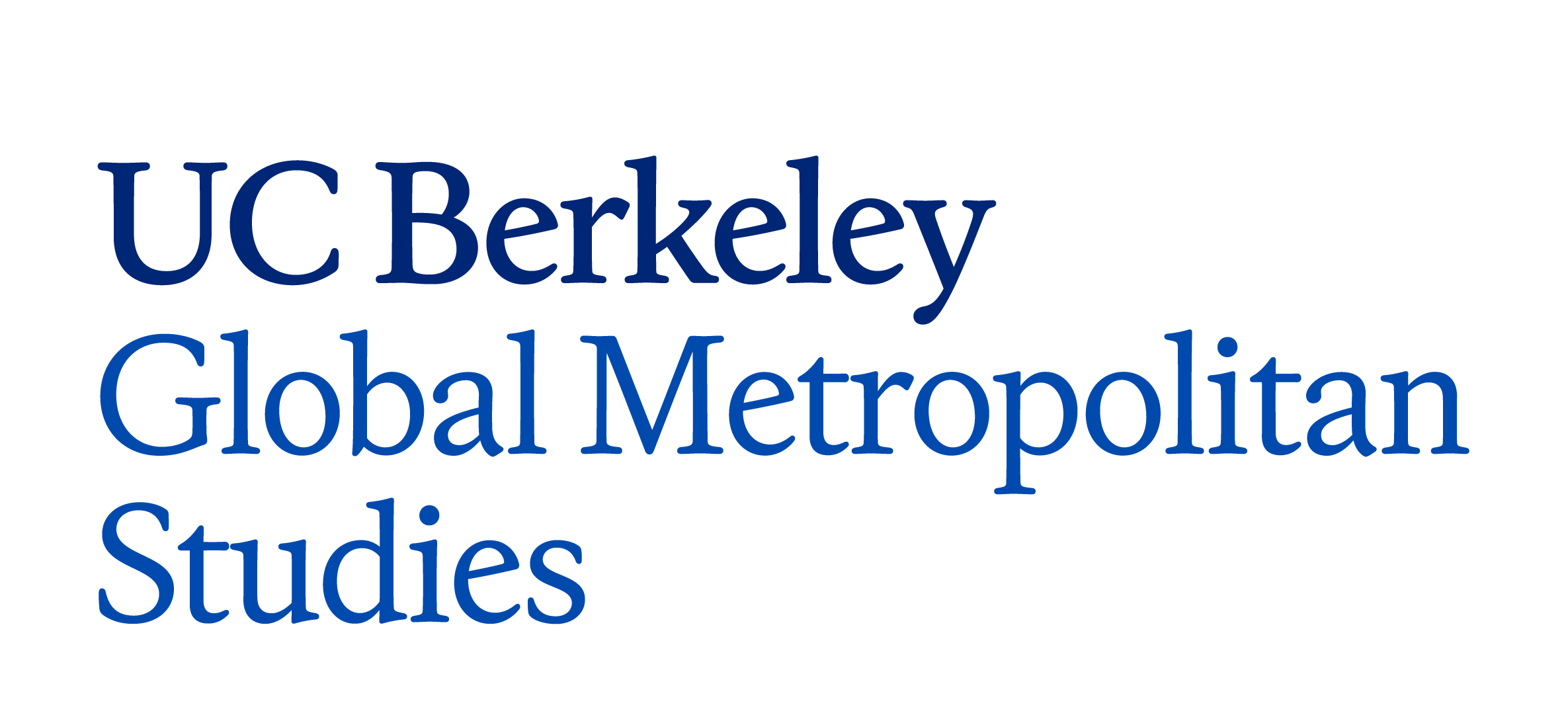-
Surveilling the Suburbs: Racial Inequality and the Rise of Big Data Policing in Suburbia
Federal housing policy and the popular imagination has long posited suburbs as the locus of opportunity and socioeconomic mobility in the United States. Yet as the number of poor, immigrant, Black, and Latino suburban residents increases dramatically (Lacy 2016), these benefits have not always materialized. In fact, the diversification of suburbia has not eliminated racial…
-
Precarity & Publics: Making and Unmaking Resilience in Mexico City
While cities can anticipate increasing frequency and severity of climate-related disasters, political uncertainty and global pandemic fallout are producing crises of public capacity and accountability in state and local economies. This convergence of crises exposes a politics that upends implicit assumptions about the existence of a functioning state and its role in addressing climate risk…
-
Reclaiming Culture: Infrastructure, Islands, and Art in the Shadow of Contemporary China
My research looks at how newly reclaimed spaces for art and culture become the sites and infrastructures of both cultural production and contestation on China’s pelagic borders. Following a series of mobile artist communities in Hong Kong and Taiwan during a time of radical political change and pandemic-related isolation, I explore how the interventions of…
-
Landscapes of Industrialization: The ‘long 1970s’ under the Spanish authoritarian regime
In my research I intend to explore, through a spatial lens, the transition that Spain experienced during the 1970s from an authoritarian regime of fascist ascendancy to a European-integrated liberal democracy. In other words, I intend to study how Francoism operated as a mode of production of space; the role its spatial strategies played in…
-
Jitney-lite: low-cost, flexible-route feeder transit without communication devices
Flexible-route service has been delivered as an access-and-egress mode to its trunk-line transit system. This service can benefit both users and operators because it combines the low fare of collective transport with the adaptive routing of private transportation. Early efforts to develop this service were, for example, a dial-a-ride shared taxi and a subscription shared…
-
Lands, Camps, and the Remains: A Spatial History of Refugees in Jordan (1878–2011)
Journalists, practitioners, and policymakers often claim that refugees and western humanitarianism have a coeval and coterminous history, and indeed, that the UN (United Nations) camp is the only rational solution to the refugee problem. In my dissertation, I counter such claims by situating the contemporary Syrian refugee crisis within an architectural and socio-legal history that…
-
A Water-Systems Approach to Understanding Rivers and Urban Form
Rivers and cities have long been intertwined. Most major cities are located on rivers or estuaries, taking strategic advantage of them for navigation, water supply, water power, and waste disposal. Urban identify is commonly closely linked to water. While these observations may seem obvious, even trivial, the role of rivers, and indeed water in general,…
-
Re-Naturalizing Urban Waterways: Social and Biophysical Implications
Led by GMS Co-Director Matt Kondolf, with collaborators in Civil and Environmental Engineering, Geography, Energy and Resources, and City Planning, this project examines the complex interactions that result from “re-naturalizing” urban water systems to understand feedbacks among hydrologic restoration, water quality, ecosystems, reconnecting people with urban waterways, and public health. Drawing on case studies in…
-
Smart Pandemic Management in Cities
Project team: Hassan Obeid, Mohamed Bouzaghrane, Dan Chatman, Karen Frick, Raja Sengupta, Joan Walker, Daniel Rodriguez. Recent studies of household responses to COVID-19 have failed to collect data on the underlying structural and economic factors that condition people’s ability to comply with social-distancing and shelter-in-place rules. Such data are needed to mitigate the effects of the…
